Three Deliberate Grays for Freddie (A Memorial for Freddie Gray) (2018-19)
Isabella Stewart Gardner Museum
Boston, MA
27 June 2018-21 January 2019
Press Release
Video Interview produced by the Isabella Stewart Gardner Museum












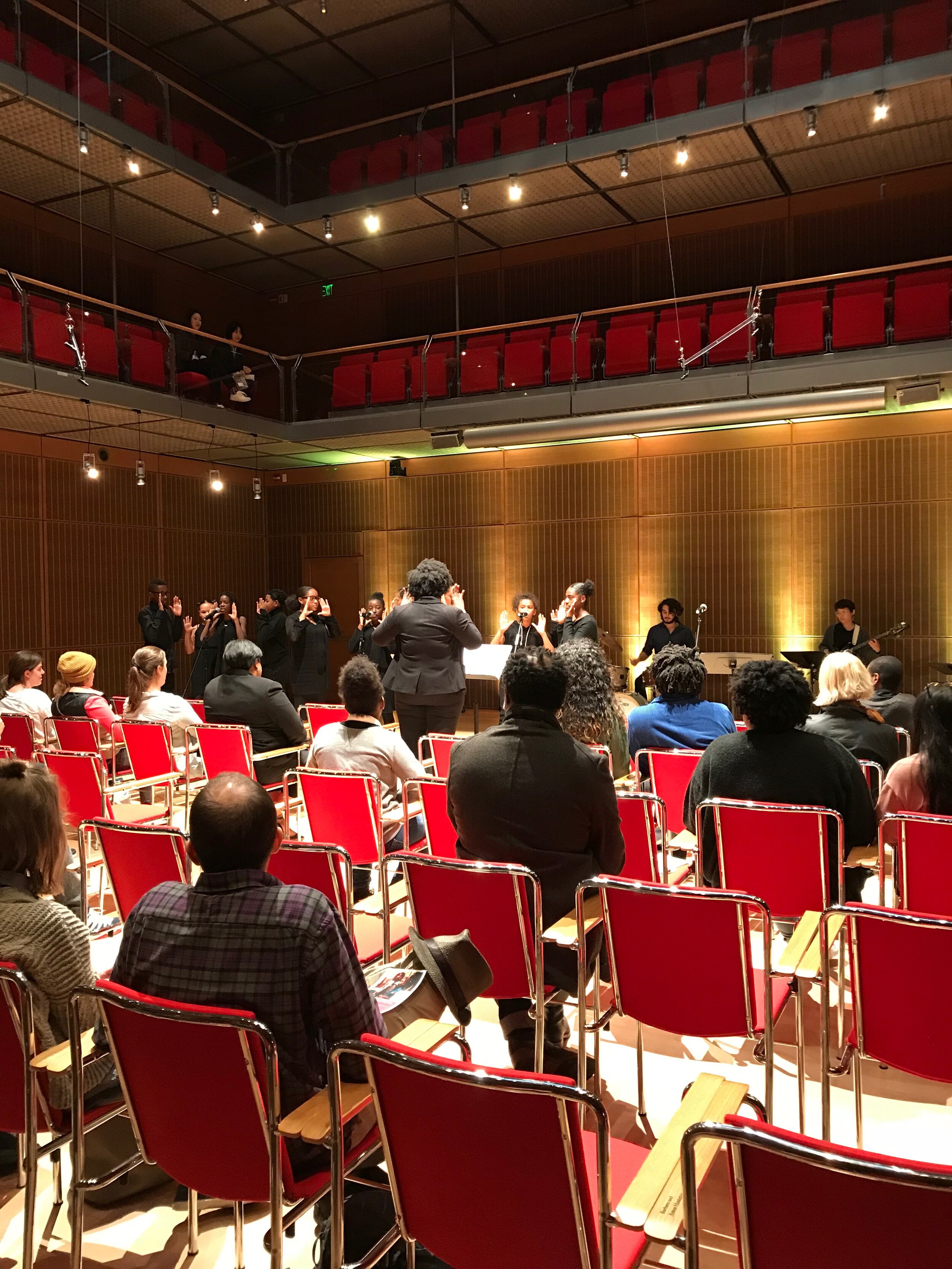
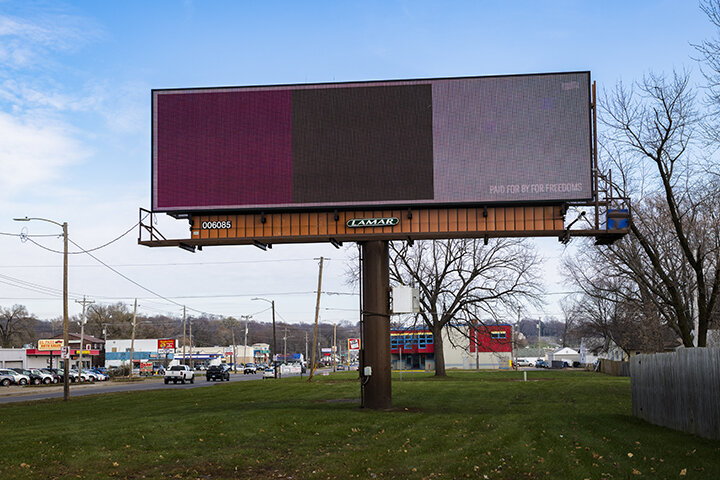
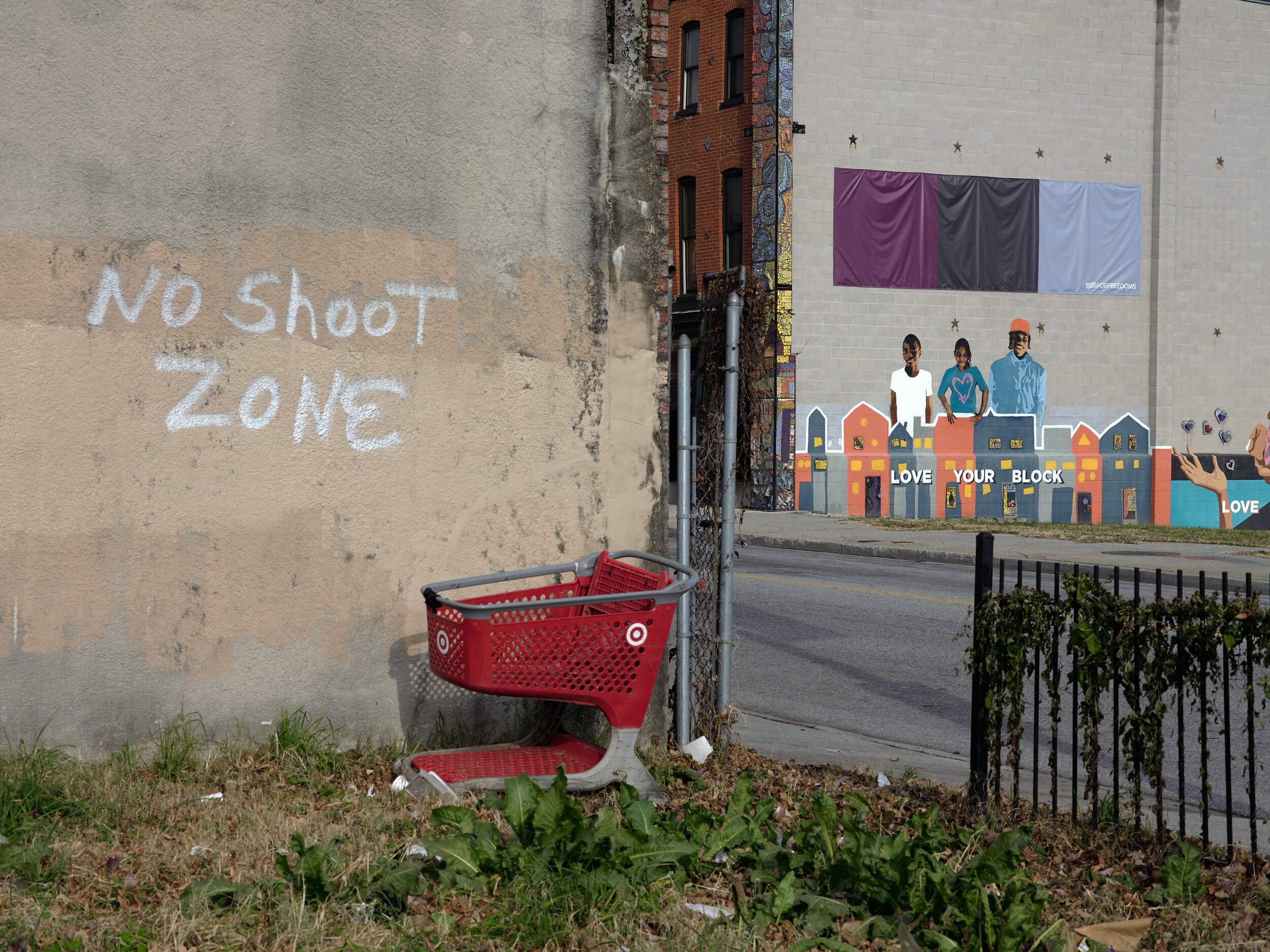
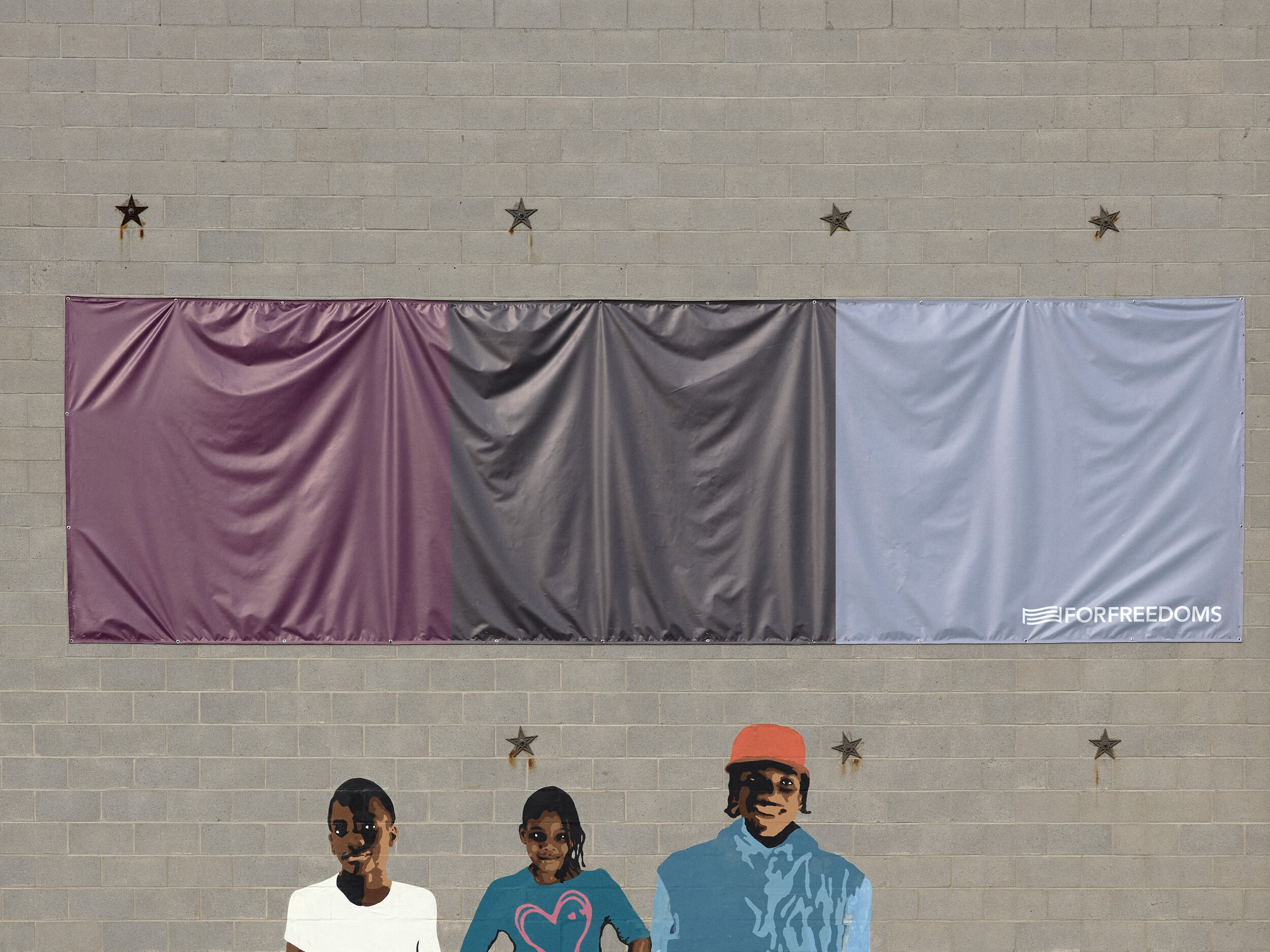
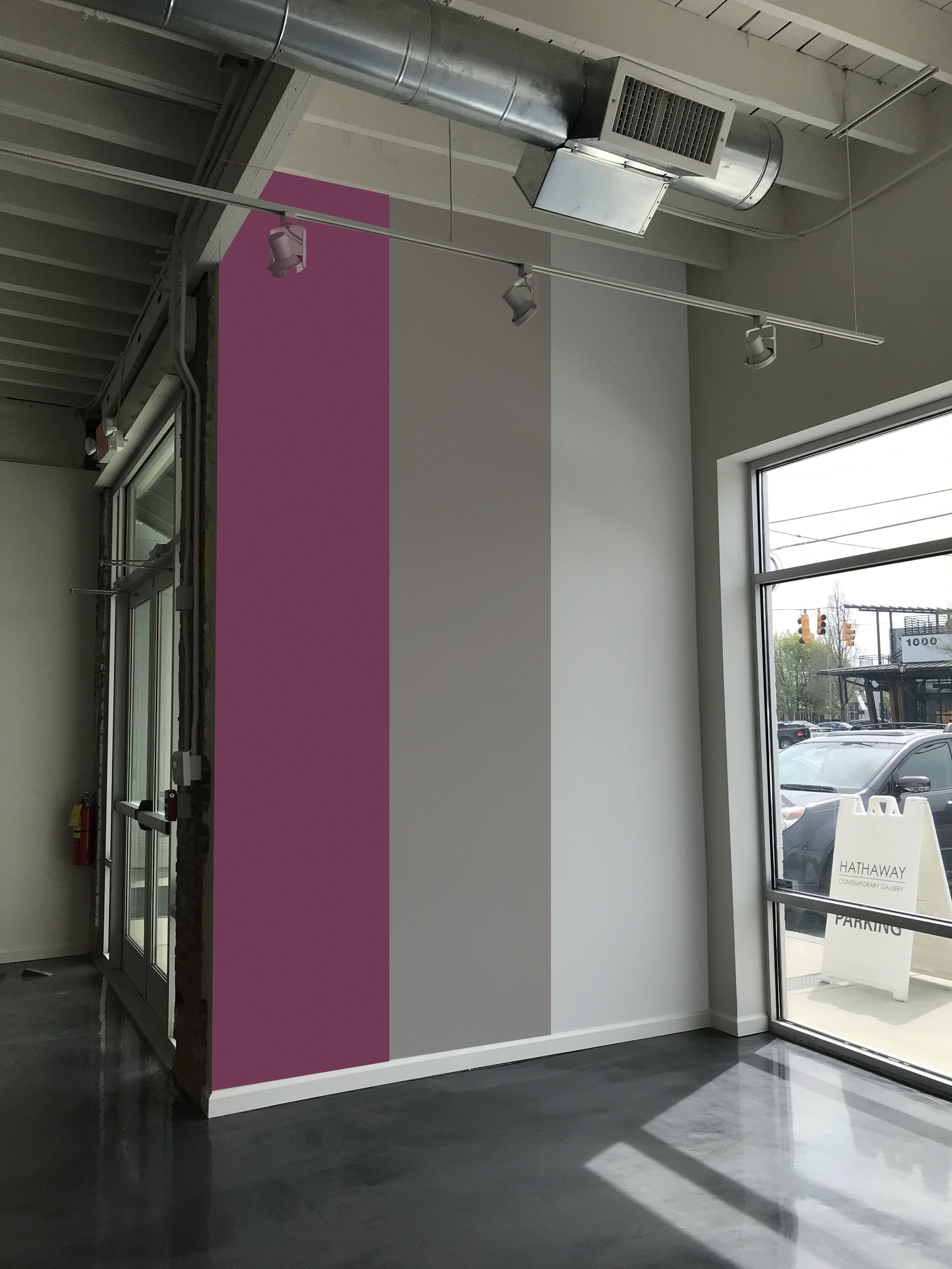



THREE DELIBERATE GRAYS is a public site for mourning and healing of the trauma of the murder of Freddie Gray-a murder that happened in Baltimore, but also happened in the homes of every American. Images and video of Mr. Gray’s assault were ubiquitous, his cries of pain were broadcast and his hospitalization was shown on newscasts. A citizen was turned into an object before our eyes and no one was held accountable for his pain, his suffering, or his loss. This public destruction calls for a public response for mourning, healing, and remembrance. The work translates Mr. Gray-his life, his assault, and his hospitalization-into color. The “Freddie Gray” is the color of the work and the man himself.
History
On 12 April 2015, Freddie Carlos Gray, Jr., a 25-year-old Black American man, was arrested by the Baltimore Police possessing what the police alleged was an illegal switchblade under Baltimore law. While being transported in a police van, Mr. Gray fell into a coma and was taken to a trauma center. Mr. Gray died on April 19, 2015; his death was ascribed to injuries to his spinal cord.
Bystander video and store surveillance video that showed the arrest went viral on social media. Mr. Gray can be seen screaming in pain during the arrest and unable to walk. According to the police timeline, Mr. Gray was placed in a transport van within 11 minutes of his arrest, and within 30 minutes, paramedics were summoned to take Mr. Gray to a hospital. The van made four confirmed stops while Mr. Gray was detained. At 8:46 a.m., Mr. Gray was unloaded in order to be placed in leg irons because police said he was acting irate. Mr. Gray’s shackling was recorded on a cellphone, which exhibited a motionless Mr. Gray surrounded by several officers as he was restrained. A later stop, recorded by a private security camera, shows the van stopped at a grocery store. At 8:59 a.m., a second prisoner was placed in the vehicle while officers checked on Mr. Gray’s condition. At 9:24 a.m., the transport van arrived at its final stop, the West District police station. After paramedics treated Mr. Gray for 21 minutes, he was taken to the University of Maryland R Adams Cowley Shock Trauma Center at 9:45 a.m. in a coma.
In the following week, according to the Gray family attorney, Mr. Gray suffered from total cardiopulmonary arrest at least once but was resuscitated without ever regaining consciousness. He remained in a coma, and underwent extensive surgery in an effort to save his life. According to his family, he lapsed into a coma with three fractured vertebrae, injuries to his voice box, and his spine 80% severed at his neck. Police confirmed that the spinal injury led to Mr. Gray’s death. Freddie Gray died on 19 April 2015, a week after his arrest. On 1 May 2015, the medical examiner ruled Mr. Gray’s death a homicide. There was/is wide spread speculation that the six police officers subjected to a form of police brutality known as a “rough ride,” where a handcuffed prisoner is placed without a seatbelt in an intentionally erratically driven vehicle. All of the officers were charged in Mr. Gray’s death with offenses ranging from Second degree depraved-heart murder, involuntary manslaughter, second-degree assault, manslaughter by vehicle, misconduct in office, and false imprisonment. All were acquitted, had their charges dropped, or the prosecutor declined to pursue the charges.
Mr. Gray’s death aggravated long-standing tensions in Baltimore leading to street protests.
police clashes, and violence between 18 April-3 May.
The Project
To create the work, I have taken three images of Mr. Gray that were ubiquitous during the events described above.
A family photo
A still from his arrest
An image of Mr. Gray in hospital on life support
Using digital tools. I created monochromes by averaging the color in the pixels of each of the images. The resulting colors are a monochrome translation of the life, suffering, and death of Mr. Gray and form a timeline (streetcorner, arrest, hospital) of the events. I have used these colors to create paints.
In the language of painting, “gray” is used to name any color that is the result of mixing primary colors. In this sense, the painter’s idea of gray is chromatic and not simply a mixture of black and white.
The precedent for this work is Brice Marden’s Three Deliberate Grays for Jasper Johns (1970) that is in the collection of the National Gallery of Canada.
On 8 October 2018, members of the Hamilton-Garrett Music and Arts Academy performed For Freddie: A Requiem in Four Parts. The program:
Intro - Baltimore, by Randy Newman
1. What Becomes of the Broken Hearted? by William Weatherspoon, Paul Riser, James Dean
2. Soon I Will Be Done (Trouble of the World) Traditional African-American Song
3. To Be Young, Gifted, and Black by Nina Simone and Weldon Irvine
The songs were selected by me. Maestro Gerami Groover created original arrangements and conducted the choir. Performances were held in front of the Gardner Museum beneath the artwork and inside the Museum in Calderwood Hall.
This work has been reproduced for several exhibitions. In 2018, ForFreedoms used it as part of their 50 state billboard initiative in advance of the midterm elections in the US. The work was used on a billboard in DesMoines, Iowa and on a community center in Baltimore, Maryland (not far from where Mr. Gray was arrested). It was also part of my solo exhibition, the color of remembering, at Gallery 221@Dale Mabry, a contemporary art gallery at Hillsborough Community College in Tampa, Florida. This exhibition was on view from January 22 – March 7, 2019. Craig Drennen included the work in Somebody told me you people were crazy, a group exhibition he curated for Hathaway Contemporary in Atlanta, Georgia. That show was on view May 18 - July 13, 2019.
